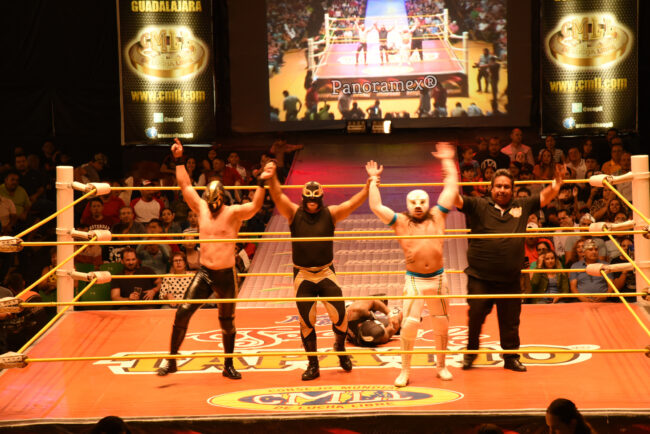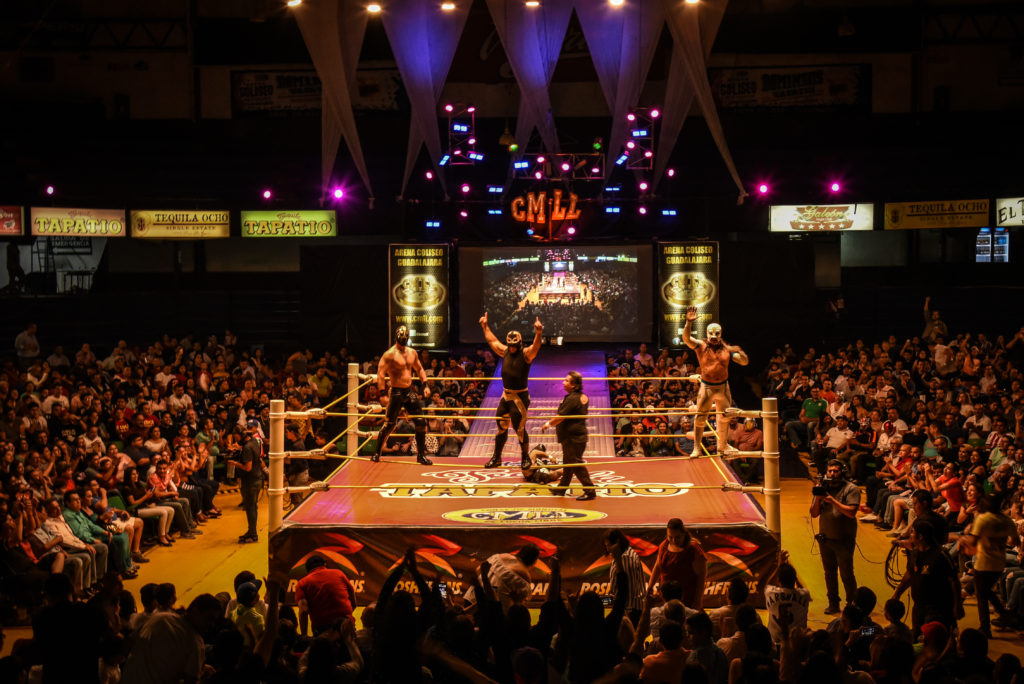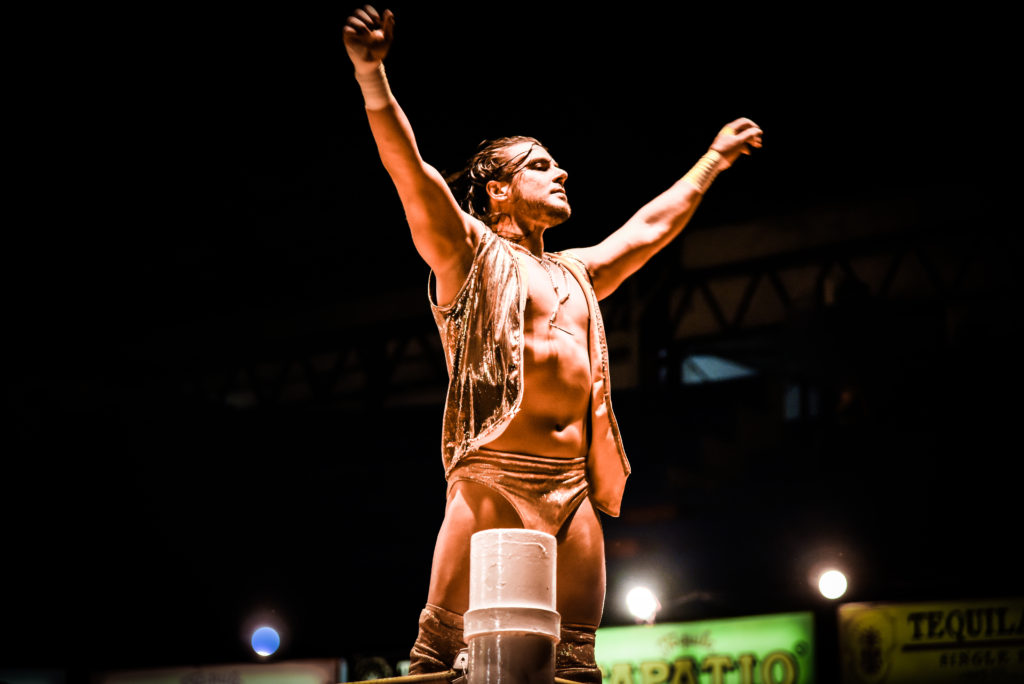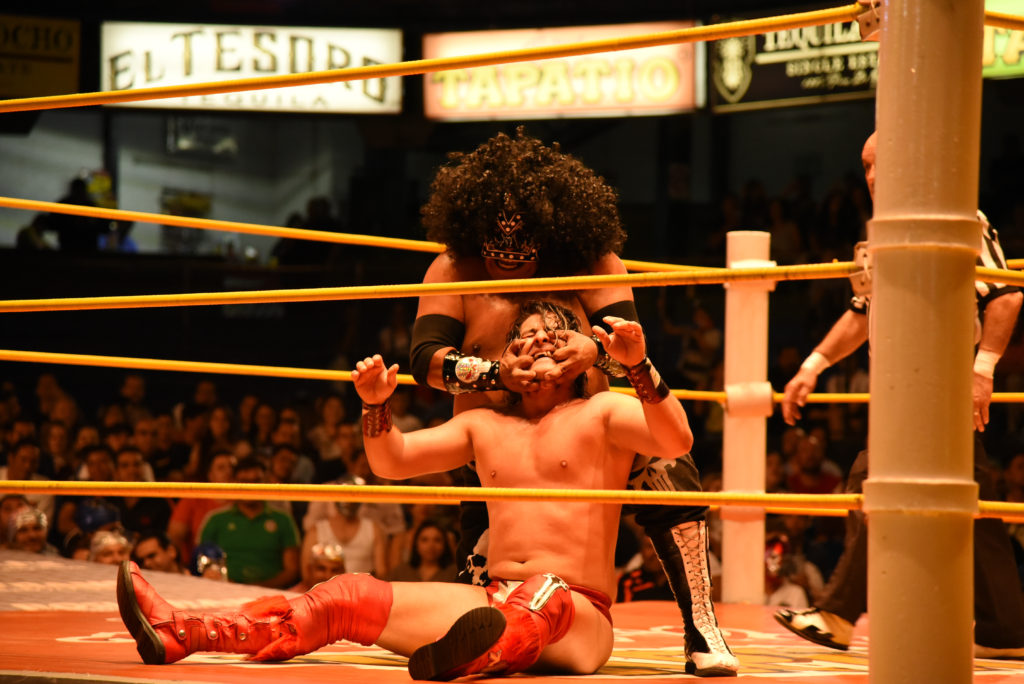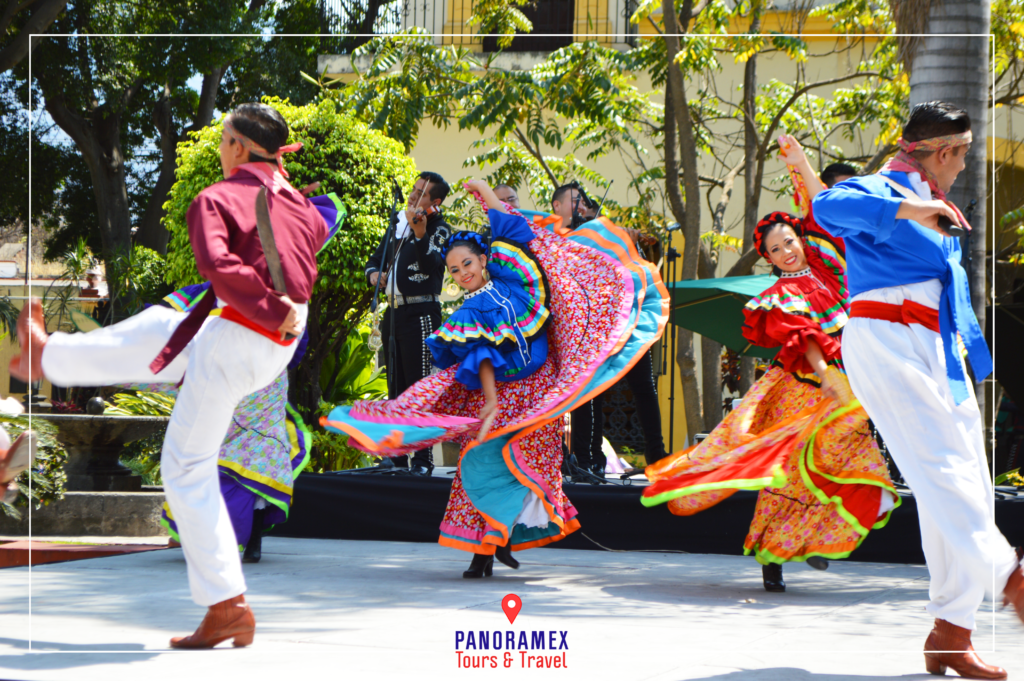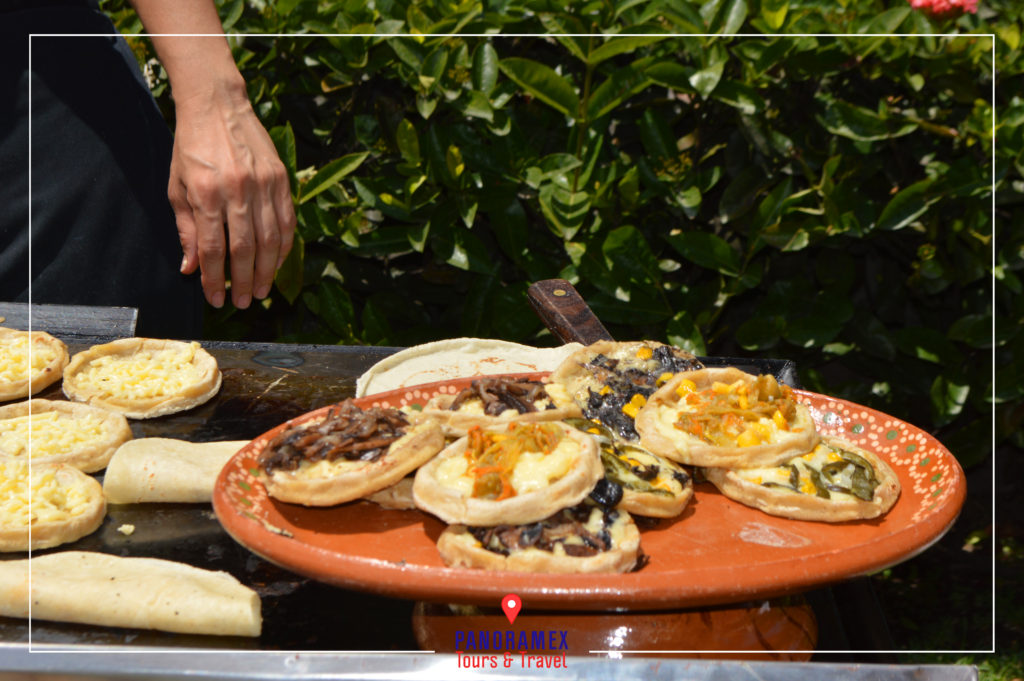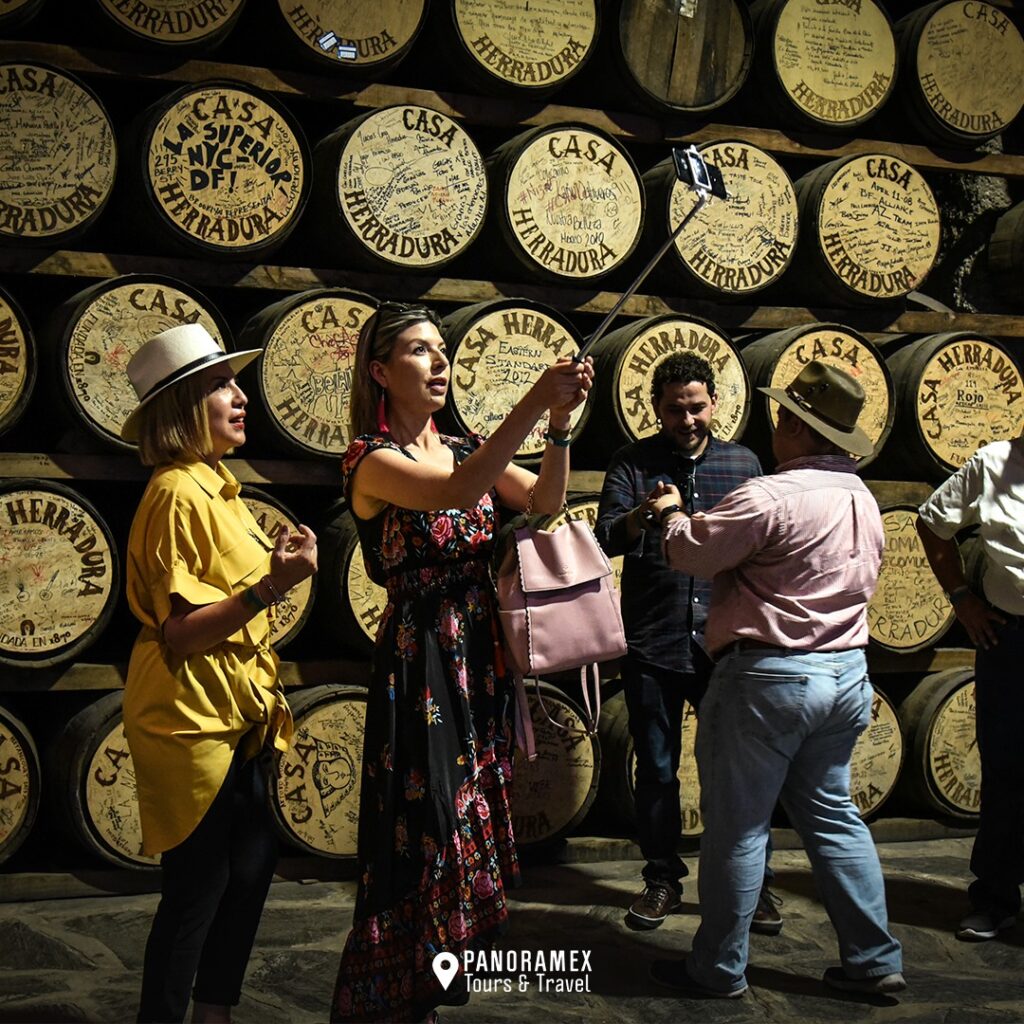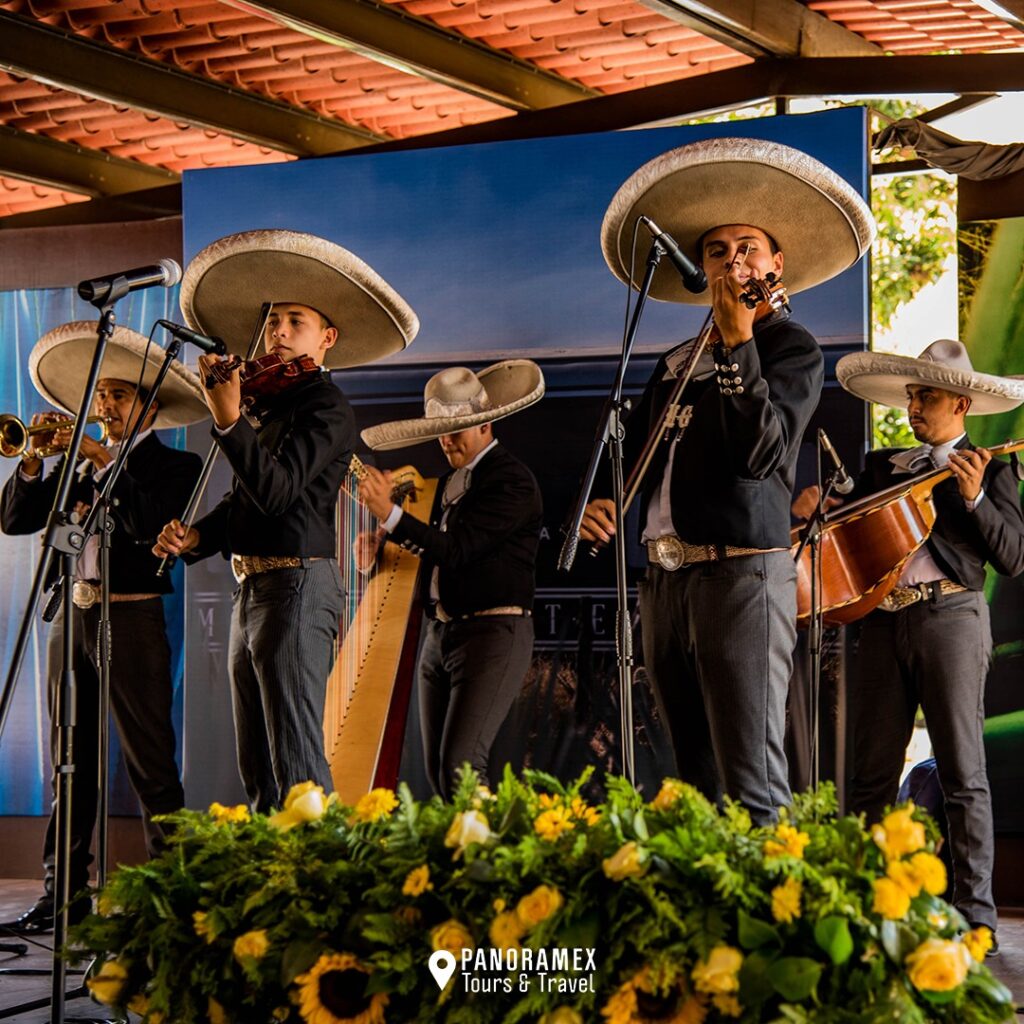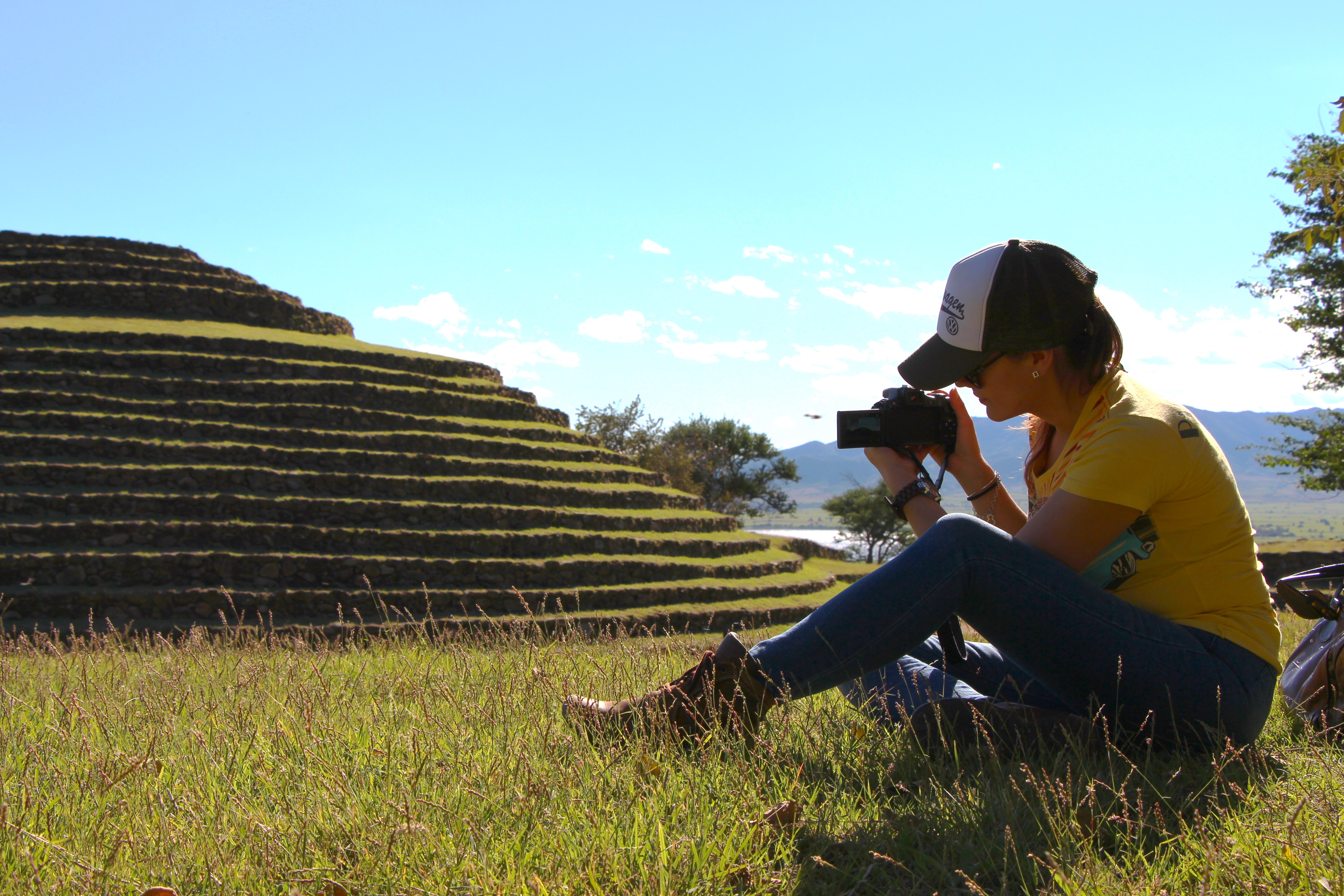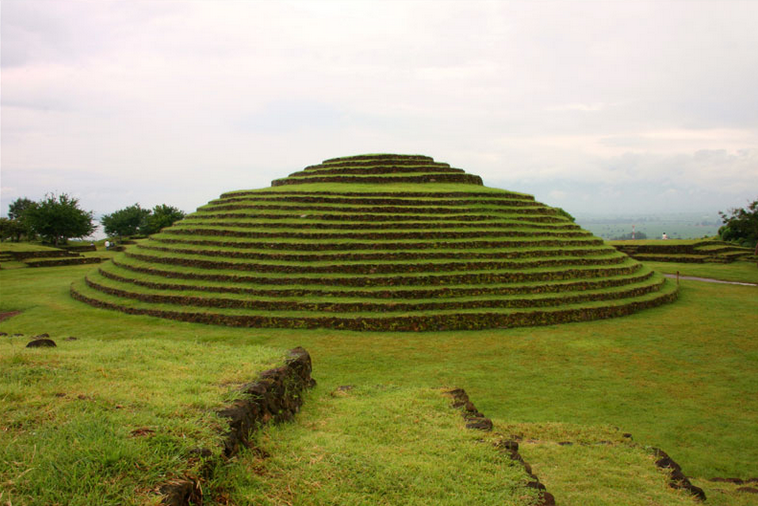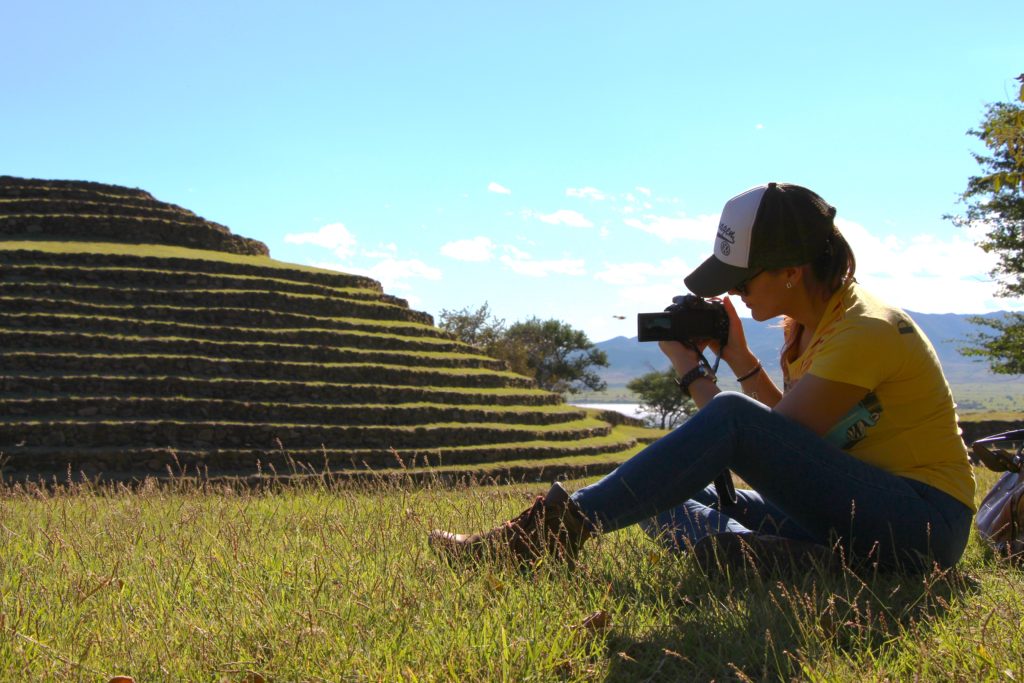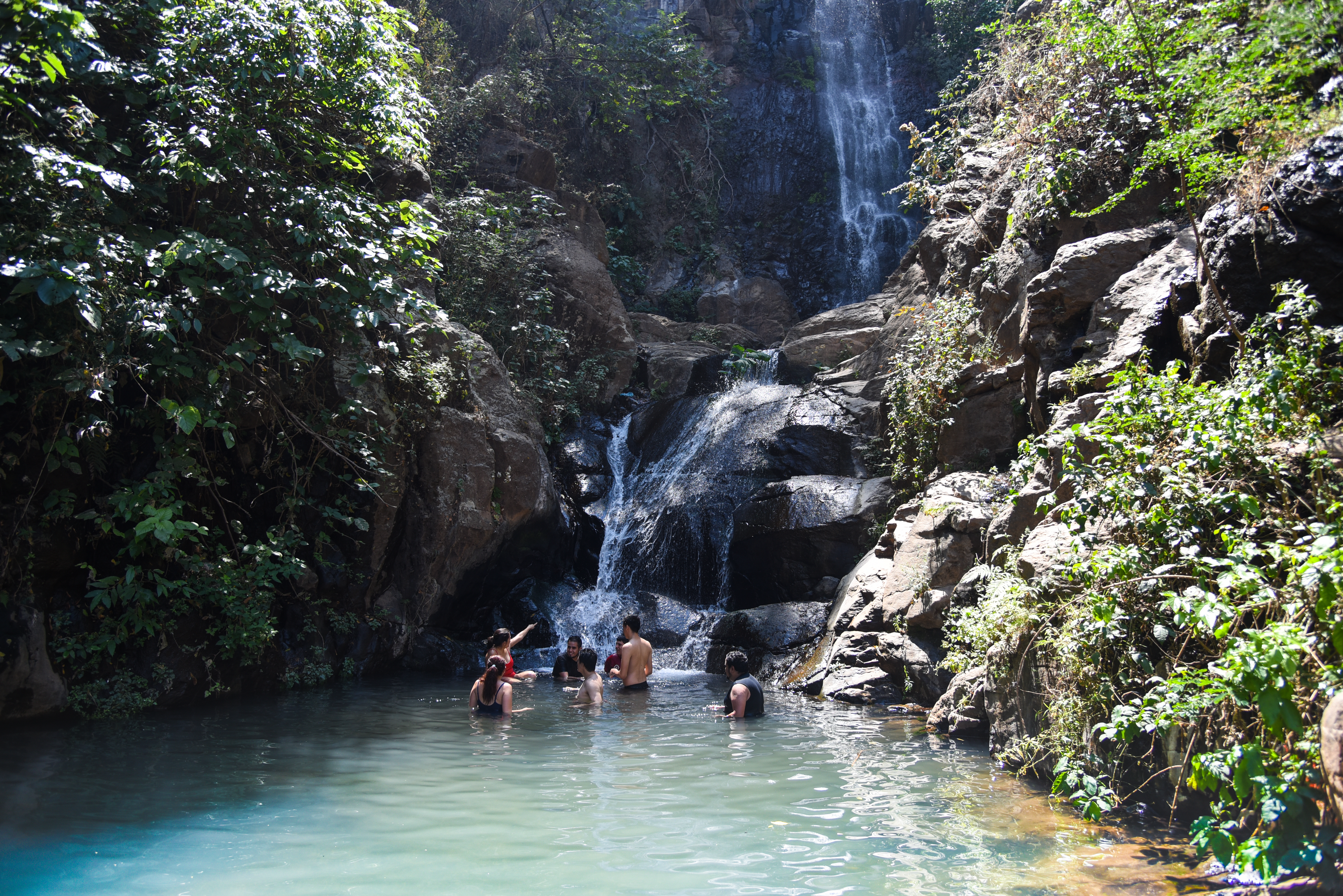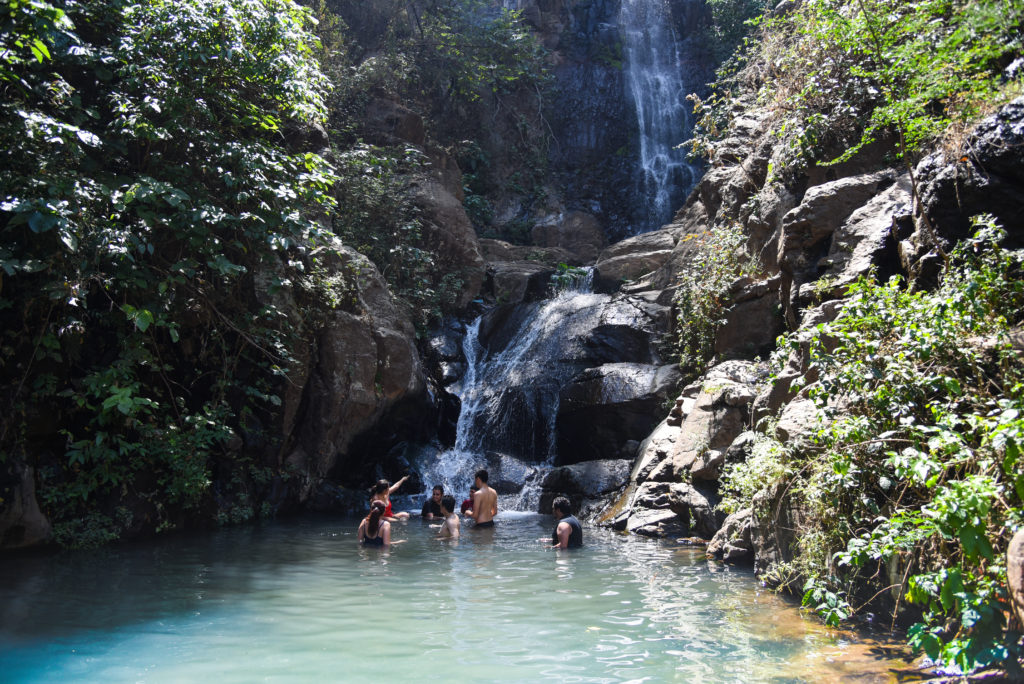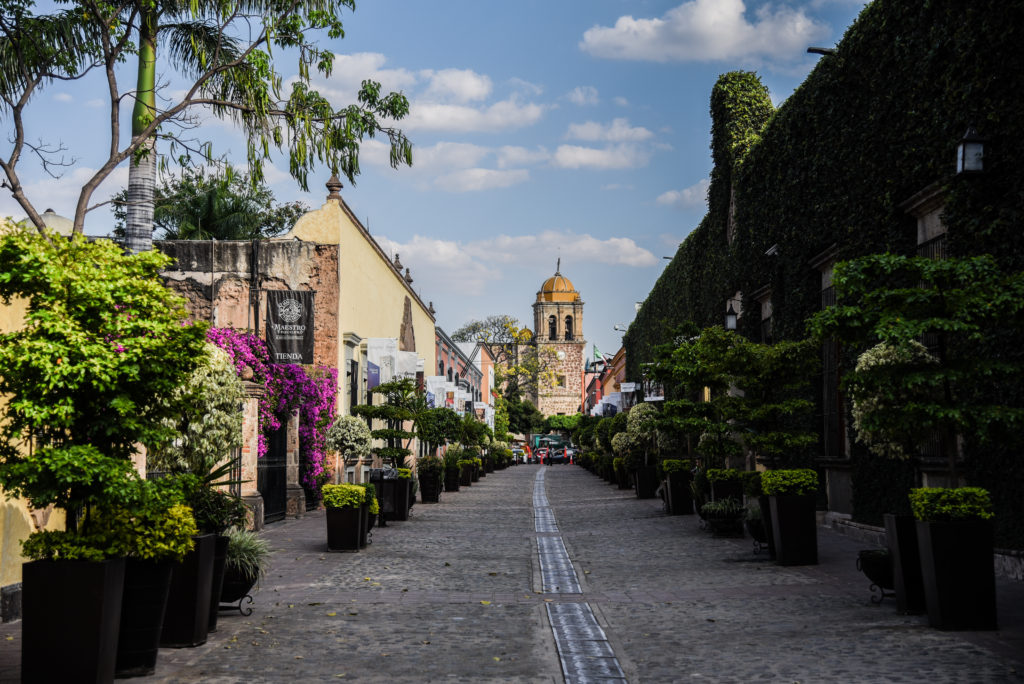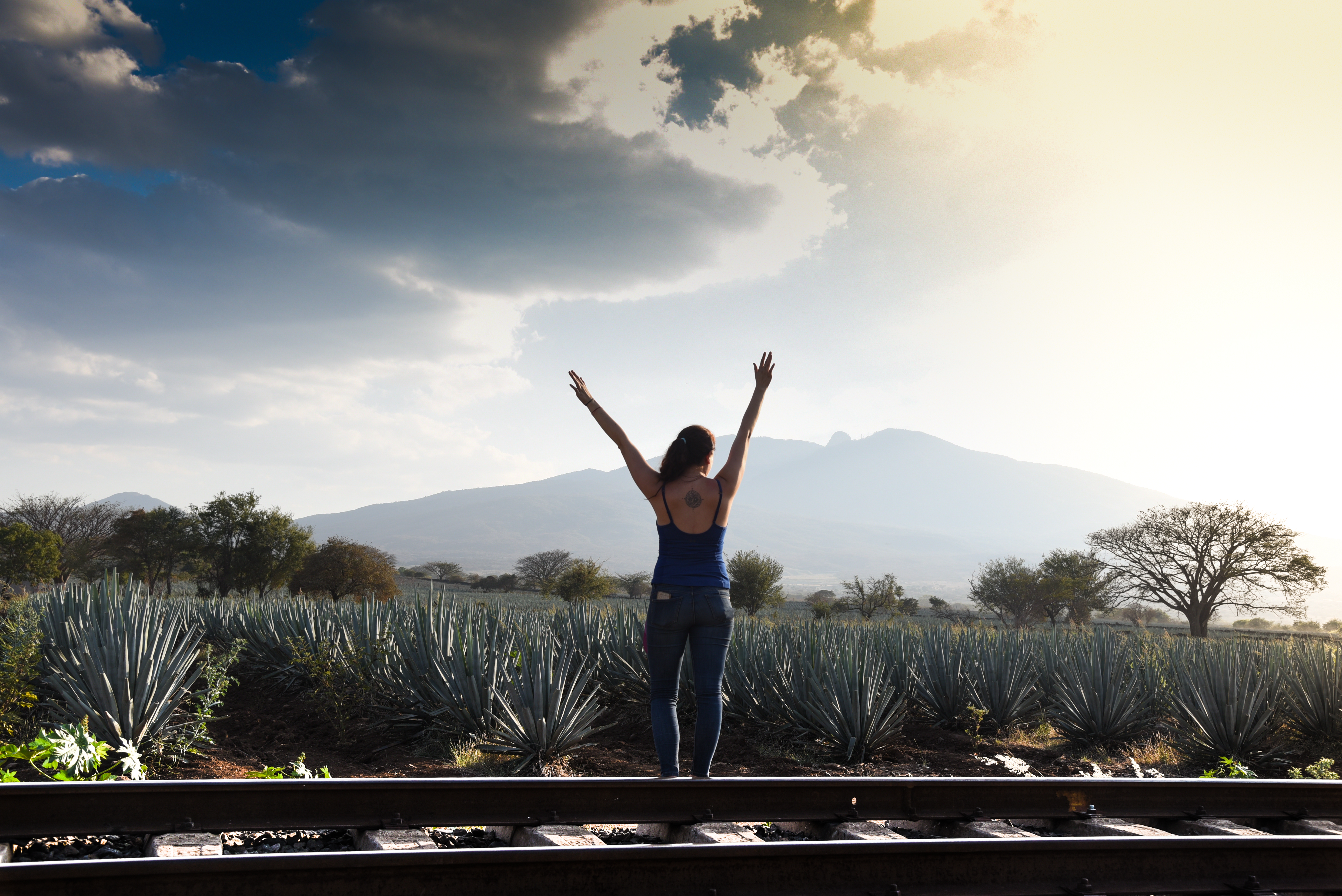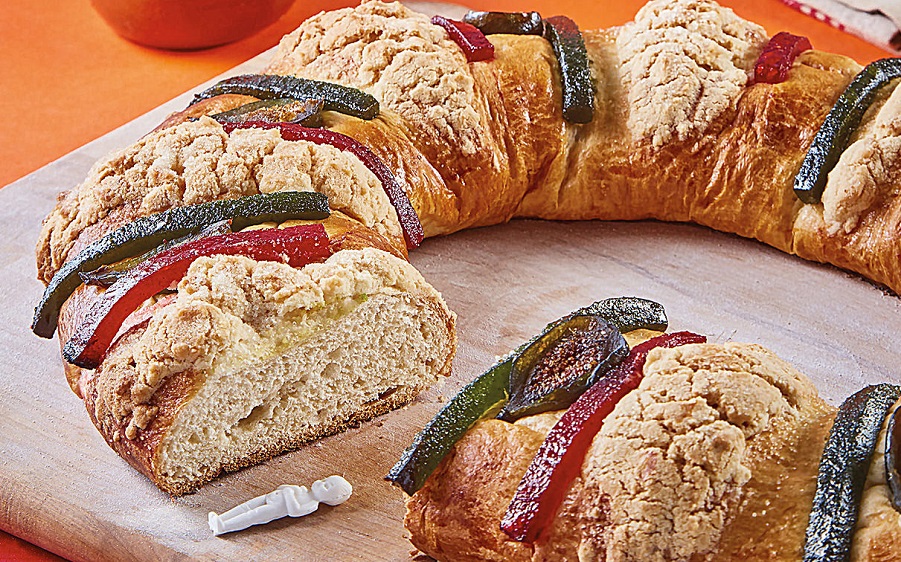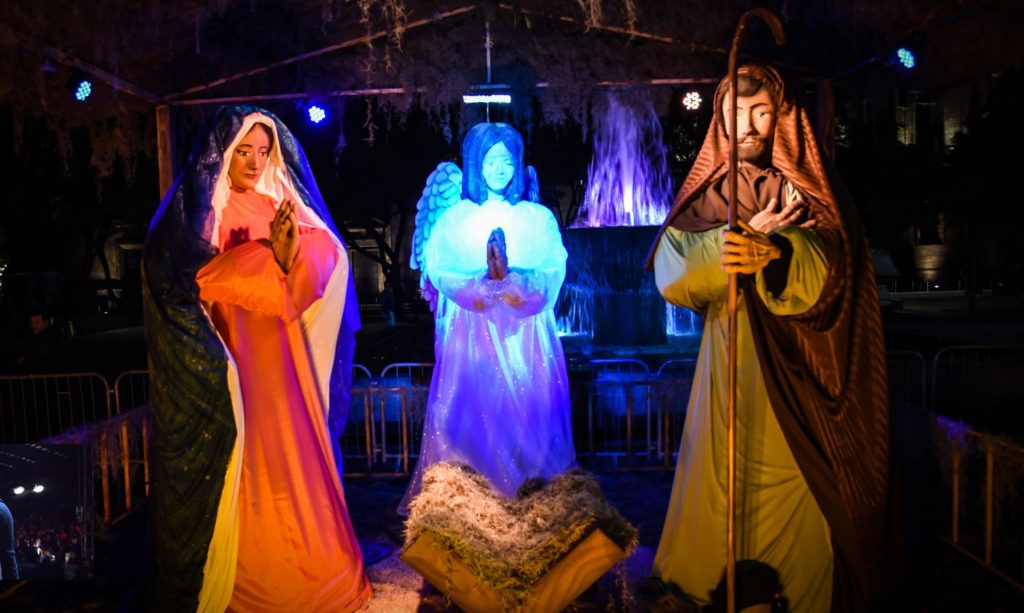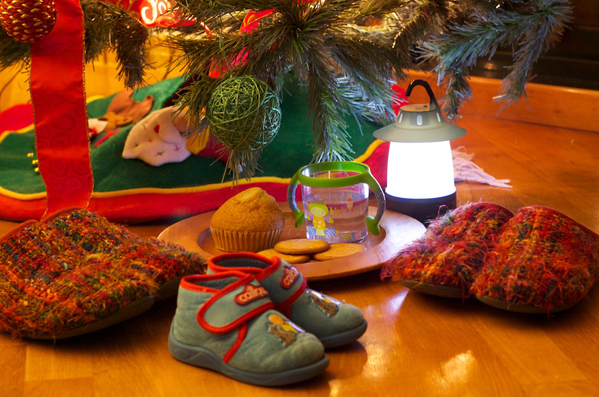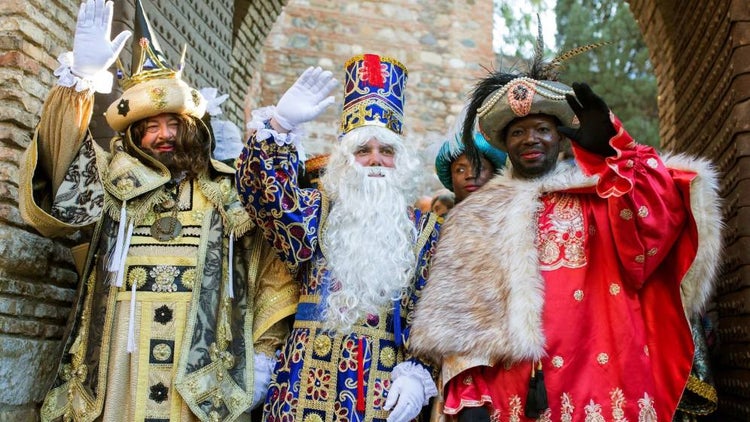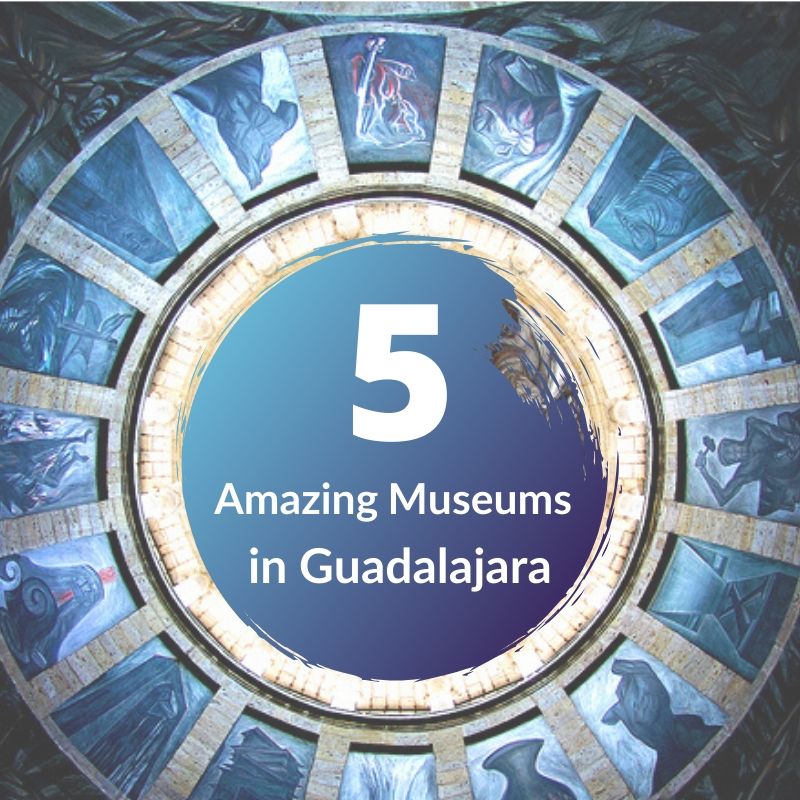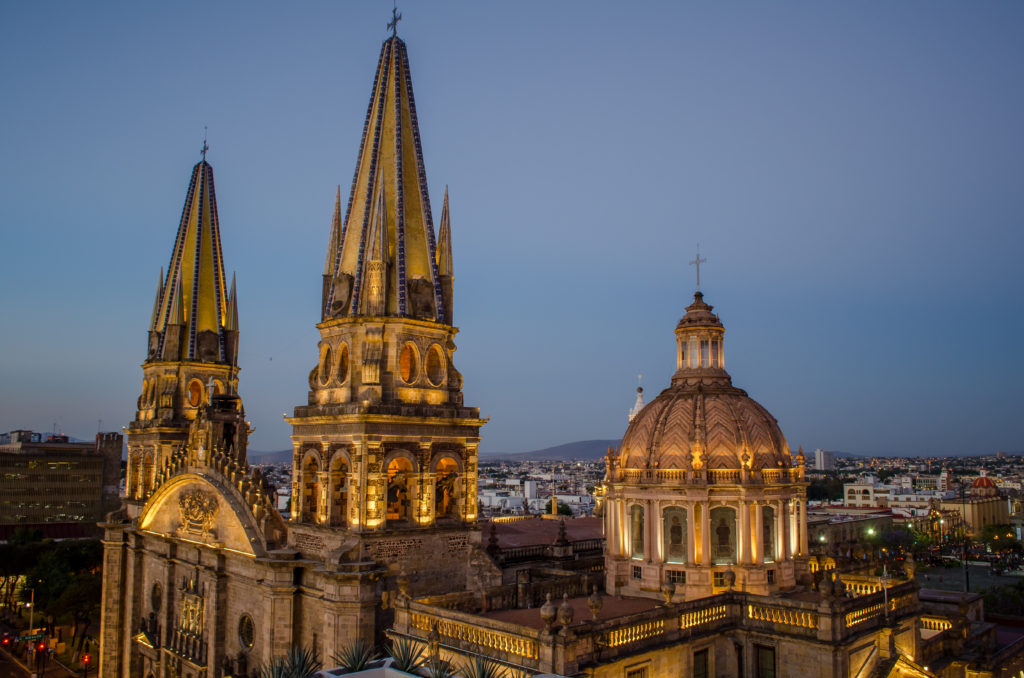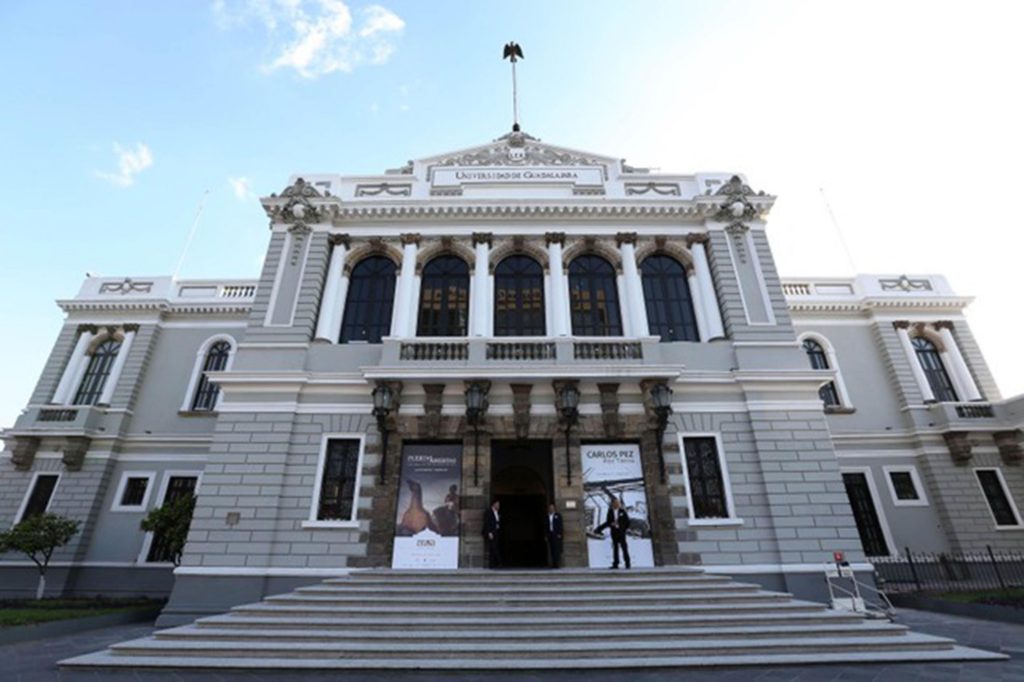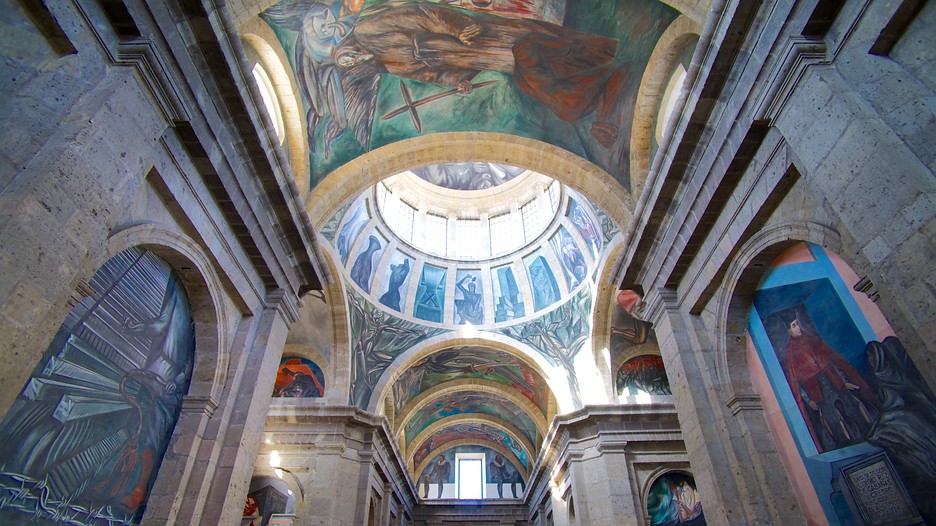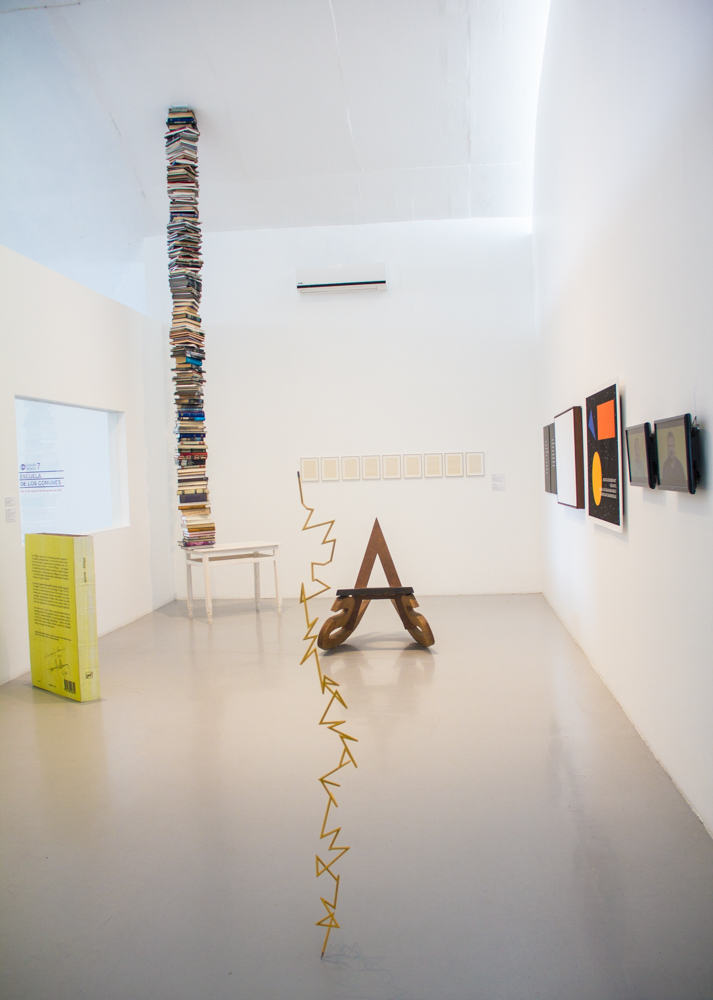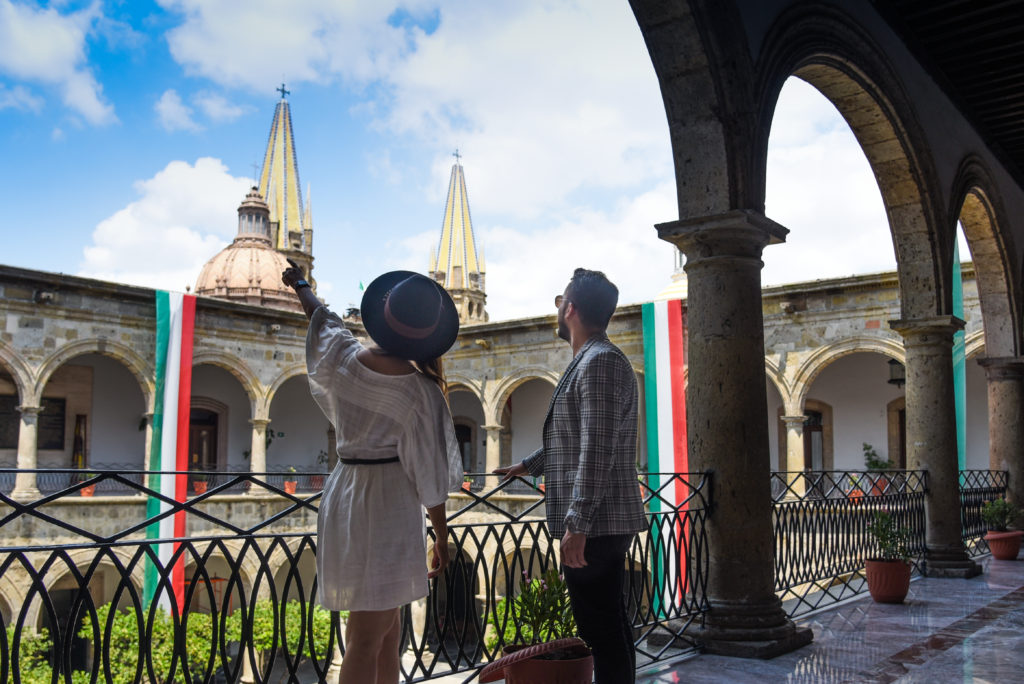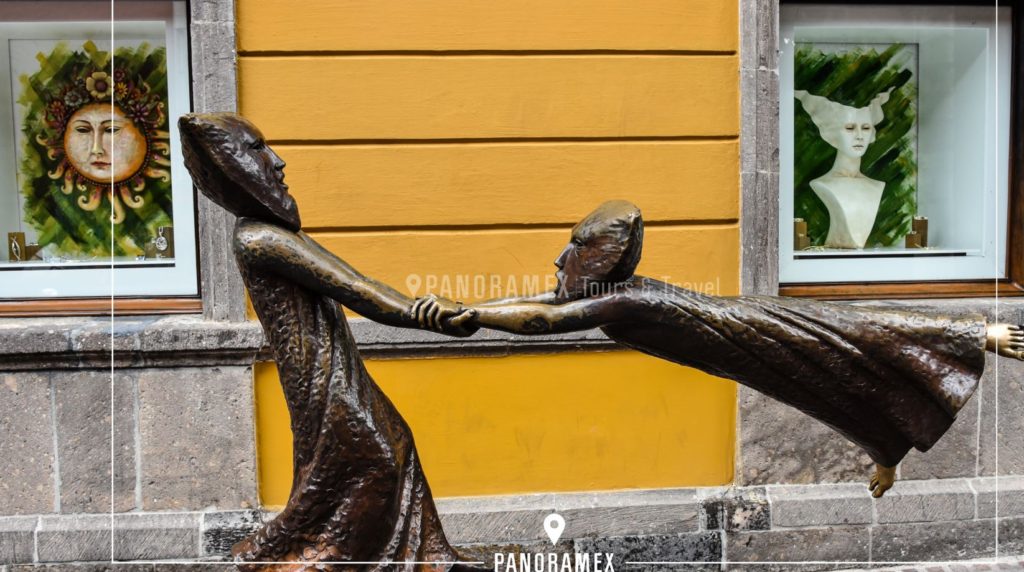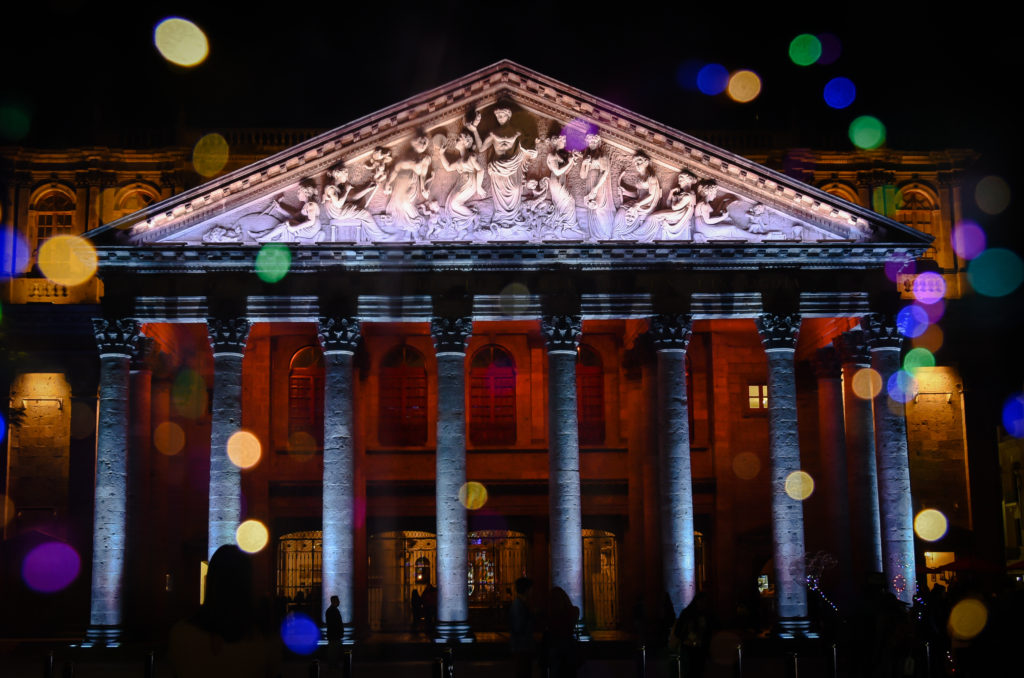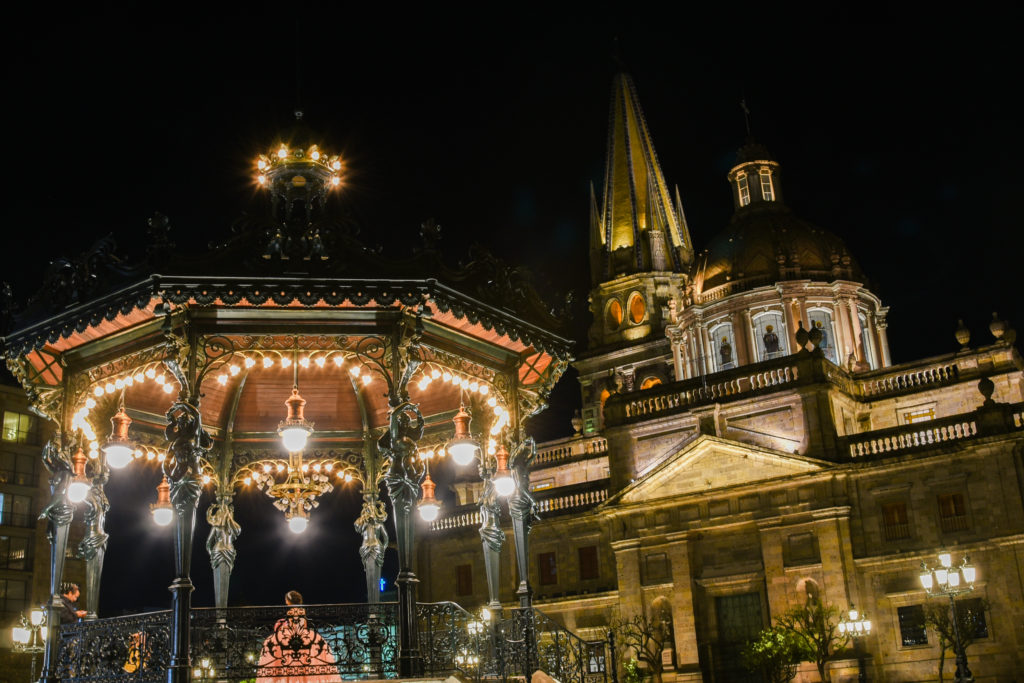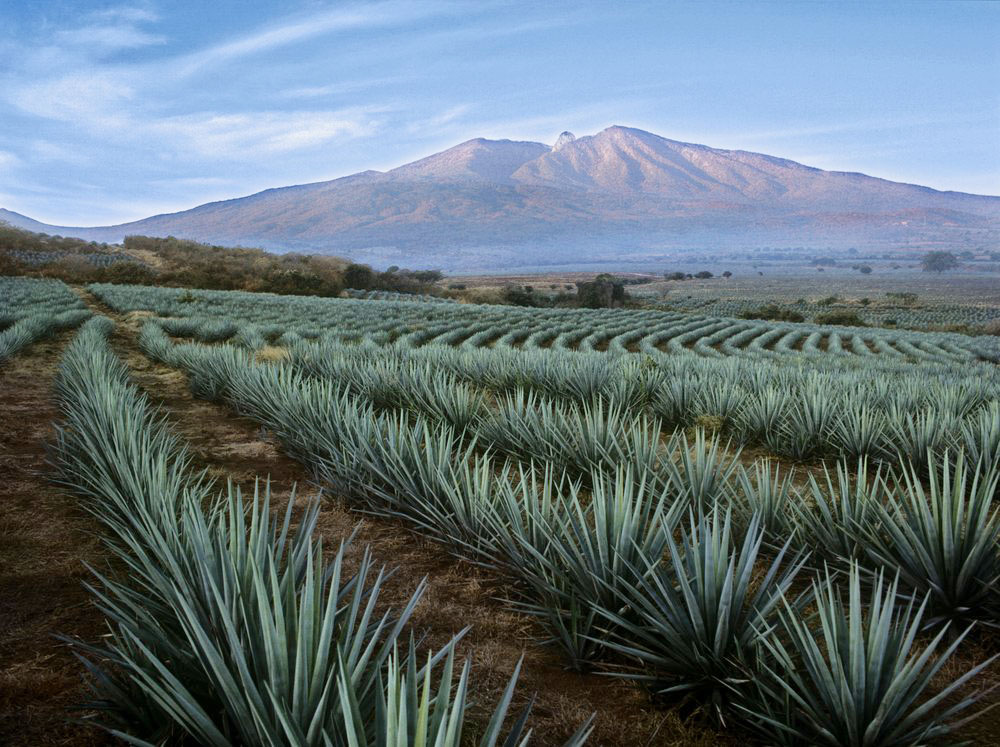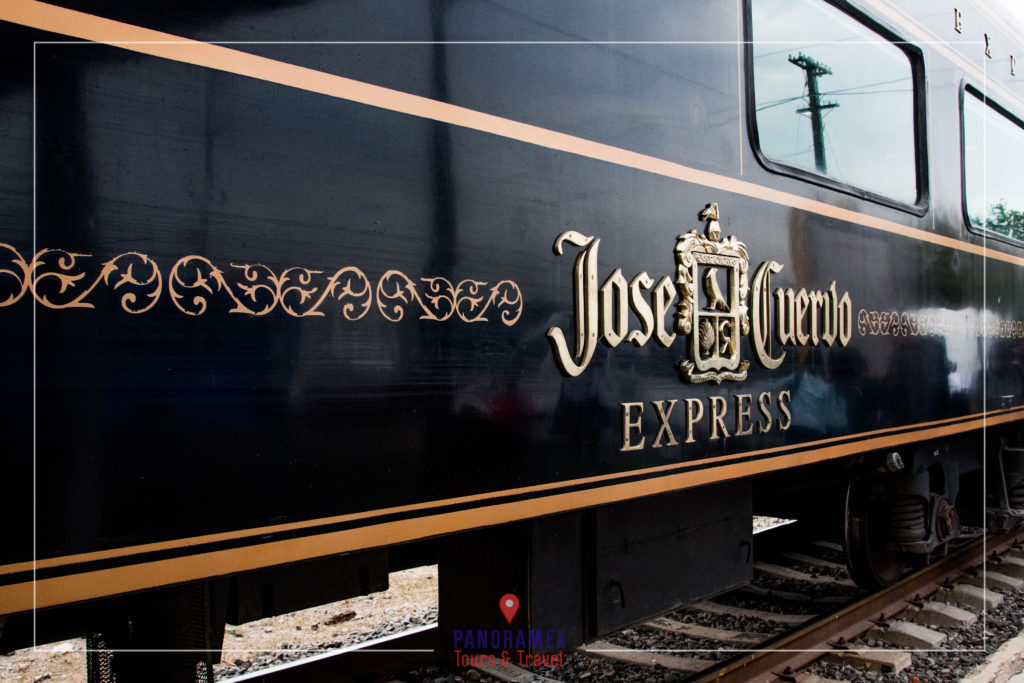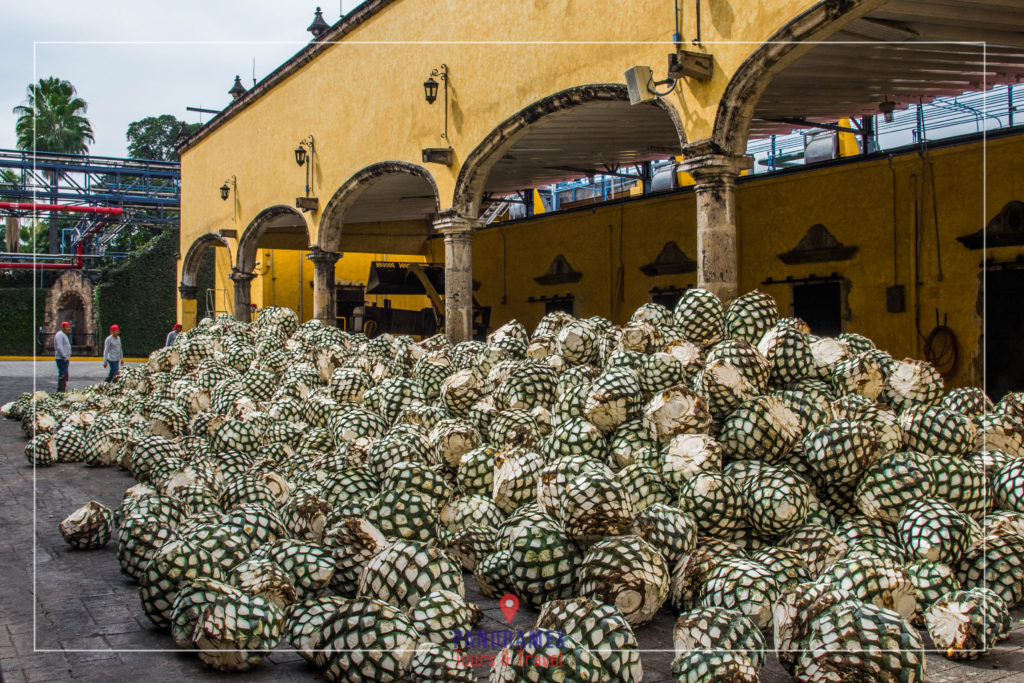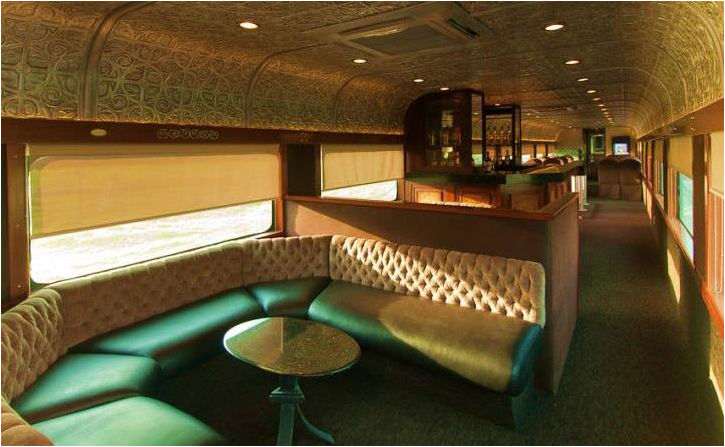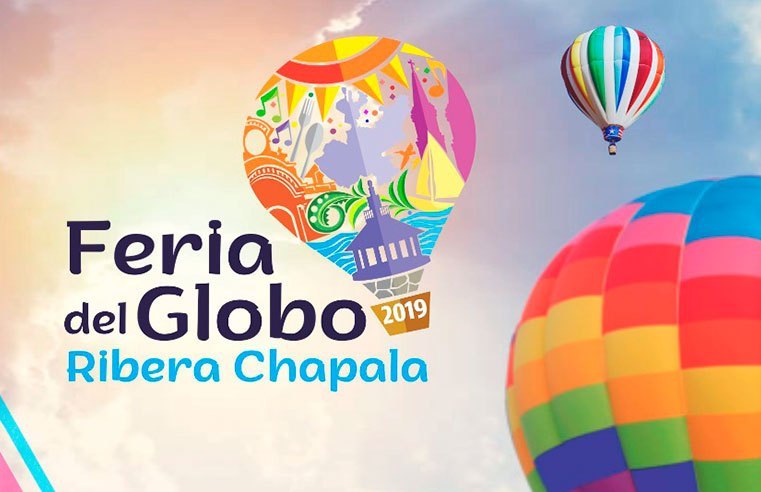Things to see and do in Mazamitla
Tour to Mazamitla from Guadalajara
Introduction
Imagine a place where time seems to have stood still, a magical corner where nature and culture intertwine to offer you a unique and unforgettable experience. That place is Mazamitla, a charming “Pueblo Mágico” located in the heart of the Sierra del Tigre in the state of Jalisco. Just a two-and-a-half-hour drive from Guadalajara, Mazamitla is the perfect destination for a weekend getaway or a multi-day trip full of adventure, relaxation, and discovery.
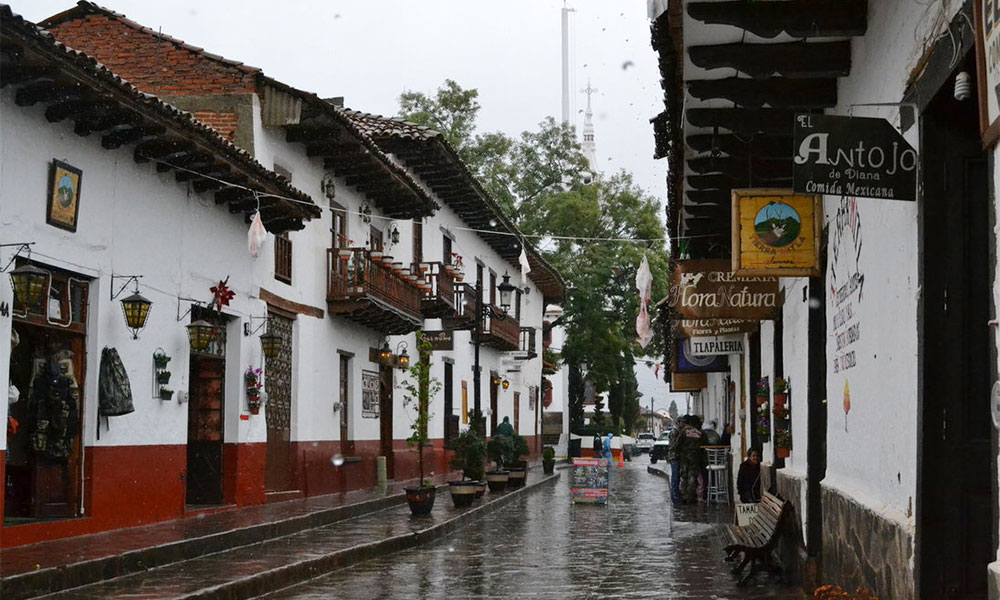
Departure from Guadalajara
Our tour begins in the vibrant city of Guadalajara. Early in the morning, we will gather at a central meeting point where a comfortable bus or minivan will be waiting to take us to our destination. During the journey, you will enjoy stunning scenery as we leave the city behind and venture into the lush Jalisco countryside. Our expert guide will share stories and interesting facts about the region, setting the stage for the adventure ahead.
Arrival in Mazamitla
Upon arriving in Mazamitla, you will be greeted by the charming cobblestone streets and colonial architecture that characterize this “Pueblo Mágico.” The aroma of pine and the freshness of the mountain air will invite you to take a deep breath and leave behind the stresses of everyday life. Our first destination will be the Main Plaza, the heart of the town, where the imposing Temple of San Cristóbal stands. This neo-Gothic style temple is an architectural gem that you cannot miss.
| Mazamitla Tour Itinerary | ||
| Hours | Activity | Description |
| 8:30 | Pick up from hotel B&B or private address | Pick-Up Location: Hotel or Private Address in Guadalajara. Transport: Comfortable, air-conditioned vehicle |
| 9:00 | Departure to Mazamitla | Route: Scenic drive through the Sierra Madre Mountains Landscape: Pine tree-covered mountains, beautiful valleys |
| 10:30 | Enjoy a short break to stretch and relax |
Rest stop Purchase a local drink Known as Vampirito or water
|
| 10:45 | Continue Journey to Mazamitla | Take in the scenic views of Lake Chapala |
| 11:30 | Arrival in Mazamitla Village |
Join your local expert from Panoramex to learn about the history and culture of Mazamitla
|
| 12:30 | Guided Walking Tour of Mazamitla | Explore the charming cobblestone streets, Visit the iconic Parroquia de San Cristóbal Sample traditional foods and beverages, Browse handcrafted souvenirs |
| 13:00 | Guided walking tour of Historic area | Visit the iconic Parroquia de San Cristóbal |
| 13:30 | Local Market | Browse handcrafted souvenirs |
| 13:45 | Lunch break | Location: Local restaurant featuring regional cuisine Menu: Authentic dishes such as birria, enchiladas, and fresh local produce |
| 15:00 | Explore Tourist Attractions | Sierra del Tigre Waterfall: Short hike to the stunning waterfall, Opportunity for photos and nature appreciation Another scenic spot for a relaxing break and photo opportunities |
| 16:00 | Free time in Mazamitla before departure | Explore more of the village at your own pace Visit local shops and cafes Relax in the picturesque central plaza |
| 17:00 | Departure from Mazamitla | Route: Return journey through the scenic Sierra Madre |
| 19:00 | Return to Guadalajara | Drop-Off: Hotels Minerva, Down town Guadalajara |
Tour Includes:
- Round-trip transportation
- Professional guide
- Entrance fees to attractions
What to Bring:
- Comfortable walking shoes
- Camera
- Sunscreen and hat
- Extra cash for souvenirs and personal expenses
Enjoy a delightful day exploring the natural beauty and cultural richness of Mazamitla!
Tour of the Historic Center
We will start our walking tour of Mazamitla’s historic center. Strolling through its streets is like traveling back in time; adobe houses with red tile roofs, wooden balconies adorned with flowers, and local craft shops will make you feel the essence of this unique place. You will have time to explore the craft shops where you can purchase handmade souvenirs, such as textiles, ceramics, and leather goods.
Visit to the Enchanted Garden
Our next stop will be the Enchanted Garden, a place full of magic and natural beauty. This garden is a true oasis of tranquility, with paths surrounded by flowers, fountains, and sculptures that create a fairytale-like atmosphere. Here, you can relax and enjoy the serenity of the place, listening to the gentle murmur of water and the birdsong.
Lunch with Local Flavor
After a morning of exploring, it’s time to delight in the local gastronomy. We will take you to a typical restaurant where you can taste traditional dishes from the region, such as the famous “borrego al pastor,” “corundas,” and “tamales de ceniza.” Pair your meal with a refreshing flavored water or an artisanal mezcal, and get ready to enjoy a culinary experience that will make you want to come back for more.
Adventure in Nature
In the afternoon, we will head to one of Mazamitla’s main natural attractions: the El Salto Waterfall. This spectacular waterfall is located a few kilometers from the town center, in the middle of a pine forest. To reach the waterfall, we will take a hike along well-marked trails that will lead us through breathtaking landscapes. The hike is suitable for all ages and fitness levels, and our guide will ensure that everyone enjoys the journey.
Once at the waterfall, you will have time to take photos, enjoy the relaxing sound of the water, and, if you wish, take a dip in the cool waters of the stream. This direct contact with nature will revitalize and energize you.
Adventure Activities
For the more adventurous, Mazamitla offers a variety of thrilling activities. You can opt for a zip-line session, where you will soar among the trees and experience an adrenaline rush while enjoying panoramic views of the forest. You can also choose an ATV ride, exploring trails that will take you to hidden and spectacular corners of Mazamitla’s natural surroundings.
Relaxation in Rustic Cabins
After a day full of activities and exploration, we will head to our rustic cabins where we will spend the night. These cabins, located in the middle of the forest, offer all modern comforts while maintaining a cozy and rustic atmosphere. You can relax by the fireplace, enjoy a cup of hot chocolate, and gaze at the stars in the clear night sky of the Sierra.
Breakfast and Local Market
The next day, we will wake up to the sound of birds and the aroma of freshly brewed coffee. After a delicious typical breakfast, with options such as “huevos rancheros,” “chilaquiles,” and sweet bread, we will head to the local market. Here, you can interact with vendors and artisans, buy fresh products, and take home a piece of Mazamitla.
Bicycle Excursion
For those who enjoy cycling, we offer a bicycle excursion around the town. There are several scenic routes that will allow you to explore Mazamitla’s natural surroundings in an active and exciting way. You will pedal along paths surrounded by pine and oak trees, breathing fresh air and enjoying spectacular views.
Horseback Riding
Another option to explore the surroundings is a horseback ride. This activity will allow you to delve even deeper into nature, following trails that will take you to lookout points with impressive views of the Sierra. Our guides will accompany you at all times, ensuring you have a safe and pleasant experience.
Visit to a Coffee Farm
Mazamitla is also known for its artisanal coffee production. We will visit a local coffee farm, where you will learn about the process of growing and producing coffee, from the plant to the cup. You will have the opportunity to taste fresh coffee and buy some bags to take home.
Free Time and Relaxation
After so many activities, you will have free time to relax and enjoy at your own pace. You can return to the Enchanted Garden, stroll through the town, or simply rest in your cabin. Mazamitla is the perfect place to disconnect and recharge your energy.
Farewell Dinner
To close our tour with a flourish, we will enjoy a farewell dinner at a local restaurant. This will be an opportunity to share your experiences with your fellow travelers, enjoy live music, and savor one last delicious meal before returning to Guadalajara.
Return to Guadalajara
The next day, after a final breakfast in our cabins, we will begin the journey back to Guadalajara. During the trip back, you can reflect on the wonderful experiences you’ve had and plan your next visit to this charming “Pueblo Mágico.”
Conclusion
Mazamitla is much more than just a tourist destination; it is a place where nature, culture, and hospitality come together to offer you an unforgettable experience. From its stunning landscapes and outdoor adventures to its delicious cuisine and charming architecture, every moment in Mazamitla is an invitation to discover, relax, and enjoy.
Don’t miss the opportunity to visit this hidden gem in the mountains of Jalisco. A tour to Mazamitla from Guadalajara is the perfect getaway that will allow you to disconnect from the world, reconnect with yourself, and create memories that will last a lifetime. Come and discover why Mazamitla is a destination that will captivate you and make you want to return again and again. We look forward to seeing you!
Things to see and do in Mazamitla
5 reasons why you should take a tour to Mazamitla Jalisco with Panoramex
- Expert local knowledge: Panoramex offers tours to Mazamitla with local guides who have extensive knowledge of the area. This means you’ll get an insider’s perspective on the town and surrounding countryside, including hidden gems and off-the-beaten-path sights.
- Hassle-free transportation: With Panoramex, transportation to and from Mazamitla is taken care of, meaning you won’t have to worry about navigating the roads or finding parking. This makes for a stress-free experience and allows you to focus on enjoying your trip.
- Tailored itineraries: Panoramex offers a range of tours to Mazamitla, with itineraries that can be customized to suit your interests and needs. Whether you want to focus on outdoor activities, cultural experiences, or food and drink, they can design a tour that meets your preferences.
- Small-group sizes: Panoramex limits their tour group sizes, ensuring a more personalized experience for each participant. This allows for more one-on-one time with your guide, as well as a chance to get to know your fellow travelers.
- Safety and security: With Panoramex Tours & Travel, safety and security are top priorities. Their vehicles are regularly inspected and maintained, and their guides are trained in first aid and emergency protocols. This means you can relax and enjoy your tour with peace of mind.
